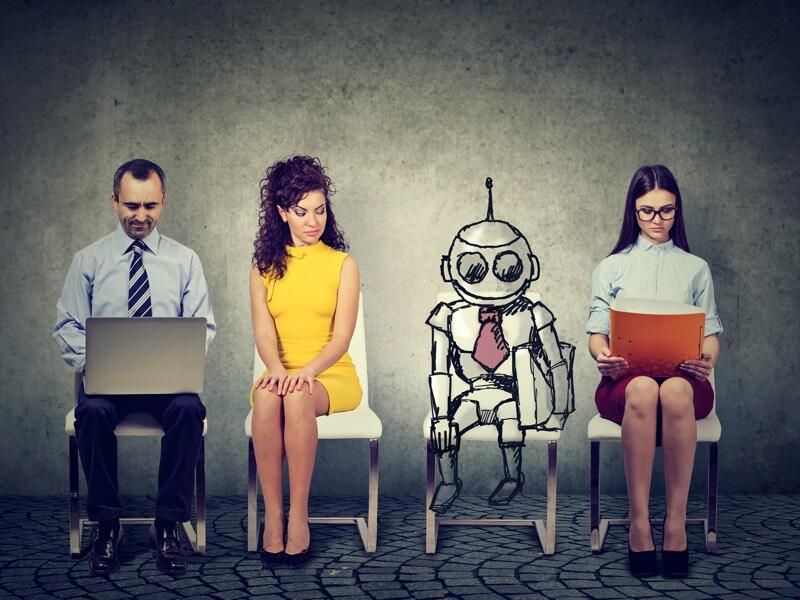
The maelstrom of anxiety that rode in on the debut of ChatGPT nearly three years ago hasn’t translated into mass U.S. job losses as feared, according to a new study.
Technological disruption to the job market is nothing new, but handwringing about the continuous evolution, integration, and widespread general use of generative AI models has done little to abate concerns that the transformative tool will eventually eliminate the need for a human workforce. However, new data collected from the Budget Lab at Yale University shows the opposite.
“Overall, our metrics indicate that the broader labor market has not experienced a discernible disruption since ChatGPT’s release 33 months ago, undercutting fears that AI automation is currently eroding the demand for cognitive labor across the economy,” the study said. “While this finding may contradict the most alarming headlines, it is not surprising given past precedents. Historically, widespread technological disruption in workplaces tends to occur over decades, rather than months or years.”
To evaluate the impact of AI on the workforce, the study asked two key questions: Is the pace of change in the labor market different than during previous technological changes? And, is there evidence of effects on economy-wide employment?
Unsurprisingly, as noted in the study, ChatGPT hasn’t been as disruptive to the workforce as initially feared because historically, changes brought on by introductions of new technology, such as computers, have taken years to manifest. With ChatGPT’s relatively short 33 months on the market, continuous monitoring and assessing of its impact on the labor force is necessary before any forecasts about the future can be truly made.
Occupational mix vs. AI impact
Having lived under the threat of job-stealing AI for a few years, workers across most U.S. sectors might harumph at the findings in the Yale study. In a recent survey conducted by ResumeBuilder, “job hugging” has become a new way for workers to deal with AI fears, especially as the U.S. economy has faltered. With 95% of job huggers citing the economy as the main reason for holding on to their job, 75% of those surveyed cited AI as cause for concern in landing future roles.
“The combination of a soft job market, economic uncertainty, and the impact of tariffs has slowed hiring, leaving many workers reluctant to make a move,” says Resume Builder’s Chief Career Advisor Stacie Haller. “Added to this is the growing fear that AI could displace jobs. In this environment, the need for stability outweighs the desire for higher pay, better benefits, or long-term growth. For many, it has become less about pursuing opportunities and more about protecting the job they have.”
In contrast to the ongoing anxiety in the U.S. job market, the Yale study notes that changes in the labor force are largely due to the occupational mix (a metric that assesses what kind of jobs people do in the US and whether there has been a decline in how many people are in certain occupations), which has been underway since 2021. So far, AI’s impact seems negligible when compared to historical job data from the ‘40s and ’50s.
“Although recent trends seemingly outpace historical shifts in the occupational mix, the potential effects of AI on the labor market so far are not out of the ordinary,” the study said. “In fact, taking a closer look at recent years, the data suggests that this recent trend is not necessarily attributable to AI.”
Data gap clouds AI labor impact
Yale’s Budget Lab study, which was conducted in collaboration with economists and the Brookings Institution, acknowledges that better and more comprehensive data is needed to fully assess AI’s impact on the labor market. The study notes that existing metrics from OpenAI and Anthropic provide only partial and proxy measures of exposure and usage, which are insufficient on their own to determine how their generative AI platforms are affecting employment and unemployment trends.
The think tank says it will continue to monitor AI’s impact monthly to help them distinguish “rumor from fact.”
Source of Article



